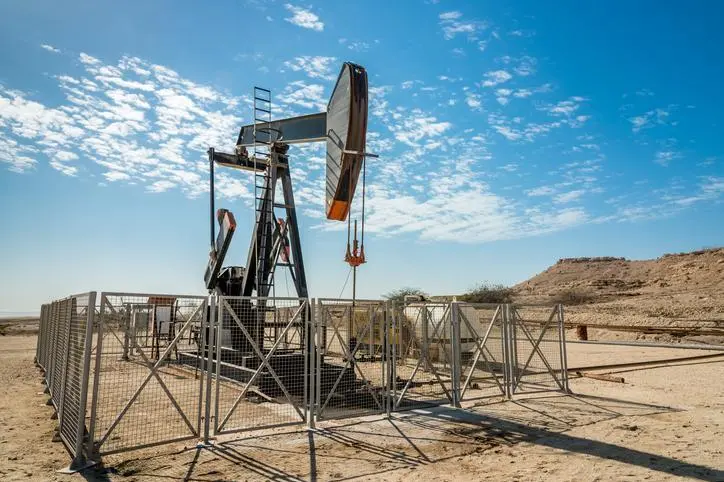PHOTO
Oil prices are on course for a third consecutive weekly gain with WTI trading above the $80 mark while Brent at above $85 on Friday.
However, the initial oil price rally sparked by the Opec+ announcement has been capped by worrying economic data out of the US and China suggesting weaker post-pandemic growth.
Market analysts pointed out that while the oil market’s bullish momentum might have paused, upside potential remains given the tightening supply backdrop.
Amid the bullish prediction of oil above $100 by some analysts after the surprise Opec+ cuts, Morgan Stanley has cut its price forecasts for this year and next, viewing the latest move as a probable admission from the biggest producers in the group that demand may not be doing too well in the coming months.
“Opec probably needs to do this to stand still,” Martijn Rats, chief commodity strategist at Morgan Stanley was quoted as saying by Forexlive.
The US bank cut its Brent crude forecast for the second quarter of 2023 to $85 from $90 a barrel previously expected. The third-quarter forecast was also cut by $5 a barrel — to $90 from $95, while the fourth-quarter price estimate was slashed to $87.50 from $95 per barrel. Morgan Stanley also slashed its forecast for Brent’s 2024 average to $85 from $95 a barrel.
Goldman Sachs, on the other hand, raised its Brent forecast to $95 from $90 at the end of the year. The bank also raised its Brent forecast for 2024, now seeing it at $100 at the end of the year from an earlier projection of $97. ING also raised its Brent price forecast for the second half of the year to $101 per barrel, up from $97 previously expected.
Citigroup also doesn’t see $100 oil soon despite the latest production cuts announced by members of the Opec+ group as US supply growth and uncertainty in the Chinese demand growth path will keep the market fairly balanced.
While Goldman Sachs and ING have turned more bullish after the Opec+ announcement, Citi and Morgan Stanley sounded more bearish. Ed Morse, global head of commodities research at Citigroup, said he couldn’t see oil prices going anywhere near $100 per barrel.
According to Bank of America analyst Francisco Blanch, physical crude oil cuts will clash with monetary central bank hikes designed to rein in demand, posing macro risks.
With supply tightening, the Opec move could send oil to $100 per barrel in the second half of 2023, many analysts said. Analysts said the big question is demand. Will it hold with China’s reopening? Or will a renewed hike in energy prices stoke inflation again and force central banks to continue with rate hikes and raise the chances of a hard landing?
Michael Hewson, chief market analyst at CMC Markets, said Opec+ would prefer prices to be close to $90 a barrel than $80, “which might be ok for them, but could make inflationary pressures for everyone else much harder to subdue.”
“We will need to keep an eye on whether the aggressive tightening from central banks around the world leads to a stronger-than-expected slowdown later in the year,” said Warren Patterson, head of Commodities Strategy at ING.
Copyright © 2022 Khaleej Times. All Rights Reserved. Provided by SyndiGate Media Inc. (Syndigate.info).





















